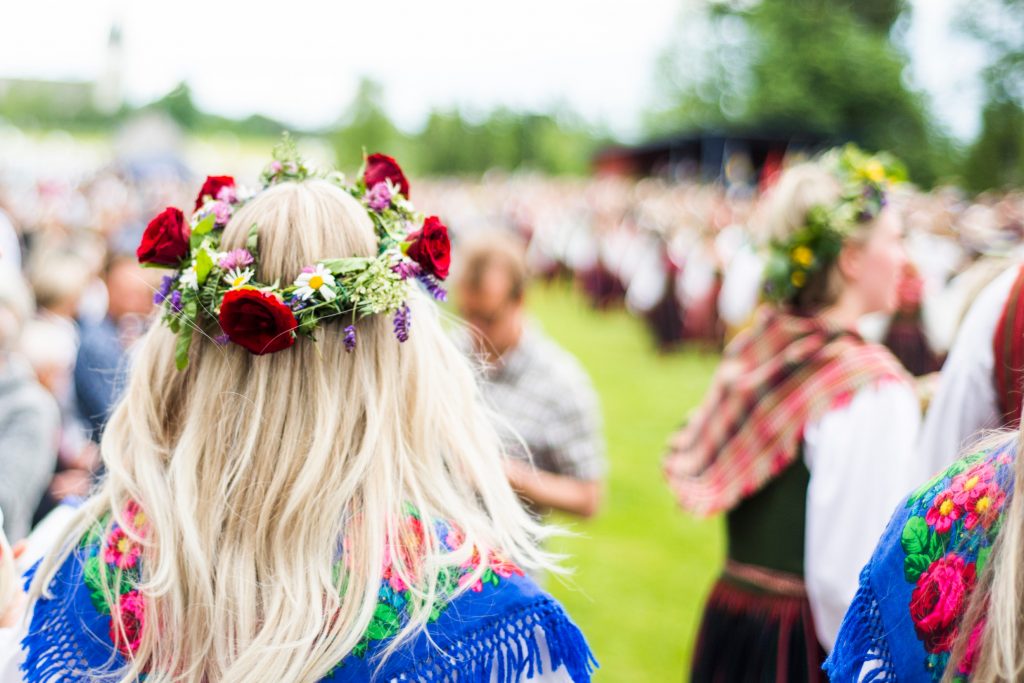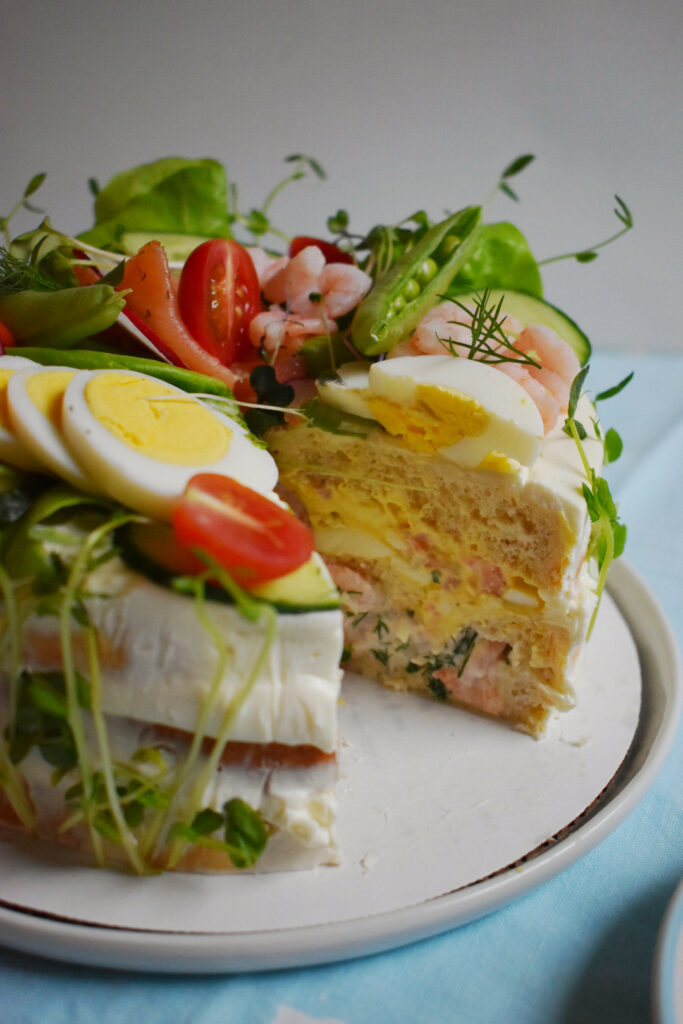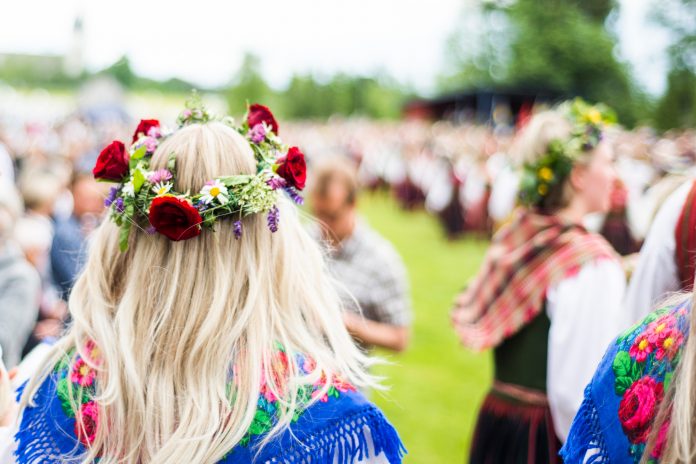Midsummer has arrived, filling the air with its enchanting presence.
Whether you’re Swedish or fortunate to have a Swede among your group of friends, the magic and excitement of midsummer can be felt in the air, no matter where in the world you are.
While Scandinavians excel at the celebration aspect of holidays, you’ll more than likely be met with an ‘öh?’ if you ask them to recount the historical background of their festivities. But fear not, for we’re here to unravel the mystery of Midsummer for you.

HISTORY
The ancient tradition of Midsummer is typically celebrated on the Saturday between June 19 and June 25, aligning with the summer solstice. This year, Midsummer will take place on June 25.
Originally observed on June 24, which coincided with the feast day of Saint John the Baptist, Midsummer was a joyous event aimed at bidding farewell to the dreary winter and embracing the arrival of summer. The festivities included feasting, dancing, a copious amount of drinking, and enjoying the company of friends and family—all traditions that persist to this day. For many Swedes, midsummer marks the beginning of their famous month-long summer vacation.
READ: Swedens Famous, Month-Long Vacation Law Is Over 80 Years Old
HOW TO CELEBRATE MIDSUMMER
There are numerous ways to celebrate Midsummer but we have compiled a list of essential elements for any Midsummer celebration below. We also recommend checking out our popular Midsummer menu article, which features delightful recipes for beloved summer dishes.
READ: [Recipe] The Big Swedish Midsummer Menu
NATURE/SUMMER HOUSES/PARKS: Midsummer festivities are traditionally celebrated in natural settings, ranging from parks and gardens to cottages and the picturesque archipelago. Among these, the most favored location is a summer house, also known as a “landställe.”
FOOD: While the main focus of Midsummer may primarily be on drinks and dancing around the maypole, it is still an ideal occasion to indulge in the delightful elements of Sweden’s fresh summer cuisine. Bursting with a variety of seafood delicacies, you can expect to find an assortment of pickled herring, boiled new potatoes adorned with fresh dill, salmon, smörgåstårta, and other delectable dishes. For dessert, it is highly likely that you will be enjoying a classic Swedish strawberry cake or fresh berries accompanied by whipped cream.

DRINKS: To wash down all of that delicious food, Swedes come prepared.
The go-to choices are cold beer and wine, accompanied by the indispensable snaps. It’s worth noting that Midsummer holds the distinction of being the occasion when Swedes consume the highest amount of alcohol throughout the entire year.
THE MAYPOLE: No Midsummer celebration is complete without the iconic maypole. Adorned with flowers and lush greenery, the maypole serves as the centerpiece for Swedes to engage in joyful singing and dancing. One particularly amusing dance to witness is “Små grodorna” or “The Little Frogs,” where participants hop around and mimic frog-like movements while singing. Yes, adults too.
The tradition of the maypole, like many other Midsummer customs, traces its roots back to ancient times and symbolizes fertility. However, the concept of fertility extends beyond human relationships and encompasses the fertility of the earth. And, as you may have already guessed, the maypole itself symbolically represents the male genitalia. So, indeed, Swedes merrily dance around a floral representation of male genitalia while pretending to be frogs. It’s a unique aspect of the celebration that adds to the charm and character of Midsummer.
LEGENDS: Midsummer is a time of mystery and magic. There’s a traditional belief that if a girl picks 7 different flowers during the midsummer night and puts them underneath her pillow, she will dream of her future husband. Legend also has it that the night of midsummer eve is a magical time for love. Although Swedes are usually not the spiritual or religious types, many can attest to the captivating magic of midsummer and the ancient traditions that emphasize love during this weekend. In fact, until recently, the end of March held the record for the highest number of births in Sweden. Midsummer undoubtedly being the culprit.
How are you planning to celebrate this year’s Midsummer? Share your plans in the comments below!
Featured image: Per Bifrost/imagebank.sweden.se
This article was originally published on June 19, 2020 and has since been updated.





